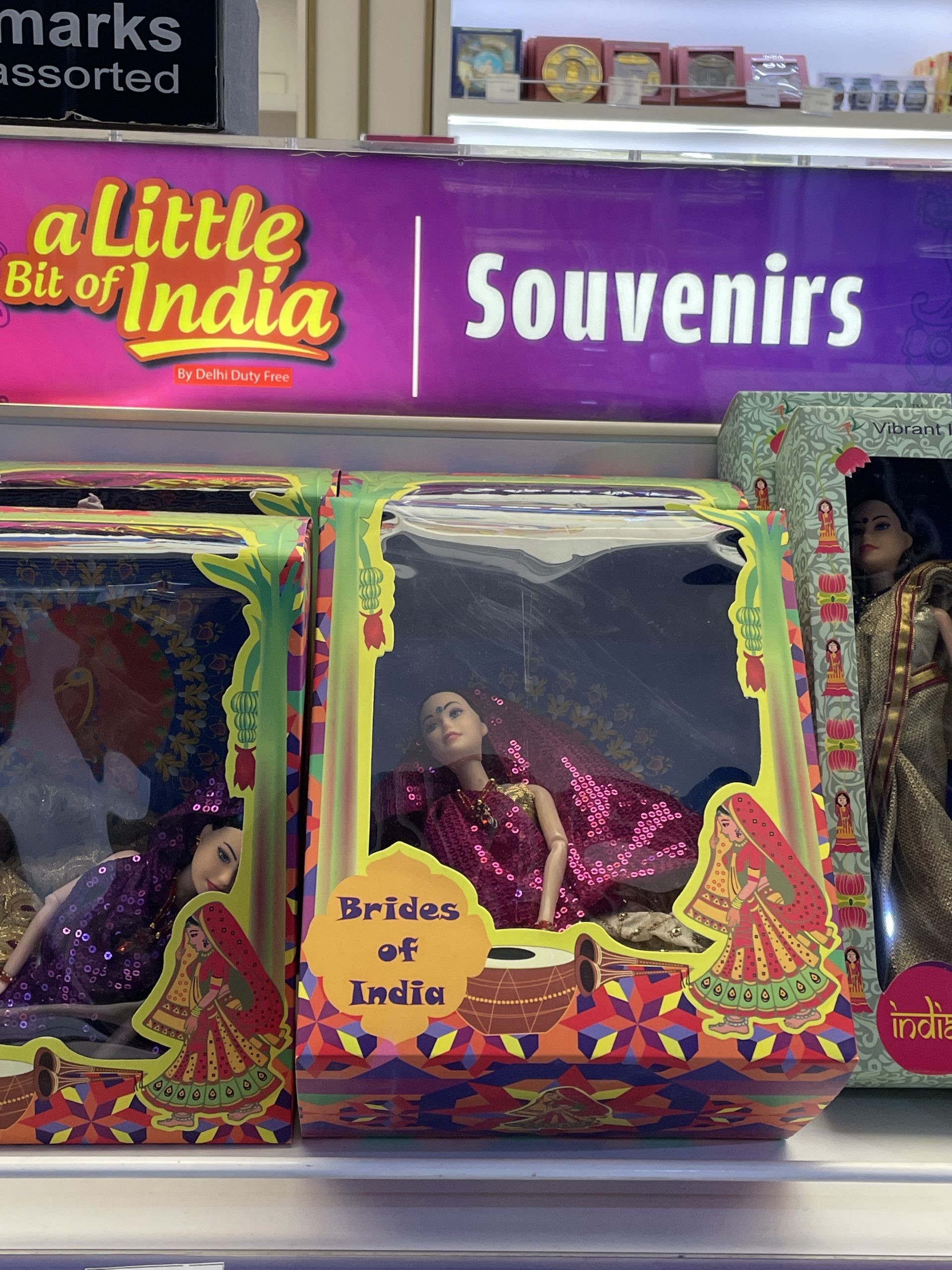The logic of ‘Brides of India’ tourism tat

More than a decade ago, Patrick Barkham singled out tacky holiday souvenirs from India at the start of an amusing (and apparently heartfelt) blog on the subject for The Guardian. He wrote: “The classic holiday purchase is the pair of loon pants that makes perfect sense in a dusty alleyway in Delhi but looks instantly ludicrous when unpacked from your rucksack on returning to Daventry.”
Things have moved on a bit since.
Now, the great and the good of Indian tourism bureaucracy are pushing for more souvenirs. Many more souvenirs. In July, the director general of India’s tourism ministry, no less, suggested that the souvenir industry needs more focus in order to achieve its full potential. It should depict India’s art, culture and other aspects, G. Kamala Vardhan Rao said. It could be a winner, he added.
Mr Rao has a point.
As Christie’s auction house reminds us, “the souvenir’s history is an ancient one”. It dates back, it says, “to antique lands: medieval pilgrims returning from Canterbury picked up metal badges to wear on their cloaks; 18th-century aristocrats shipped views of Italy and Greece back to Britain; the Belle Epoque cognoscenti, Baedeker in hand, rifled souks and markets under the watchful eye of an emissary from Thomas Cook.”
Also read:

